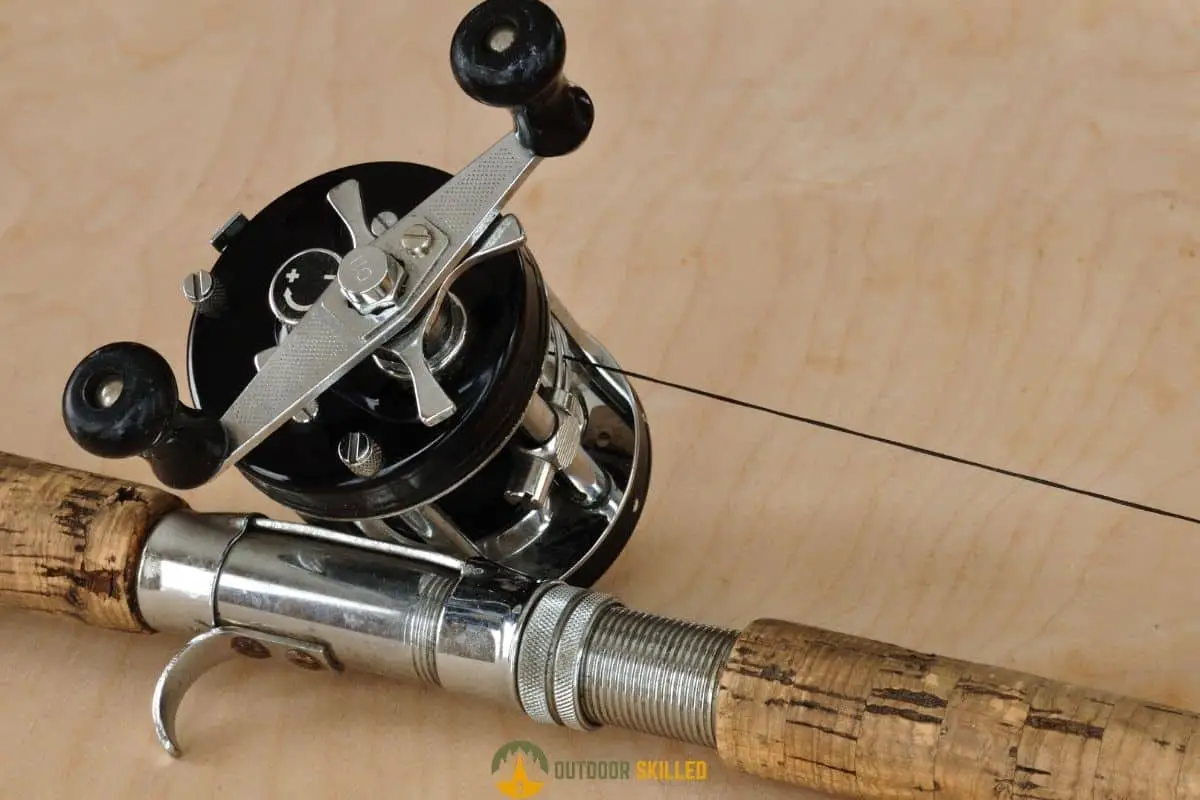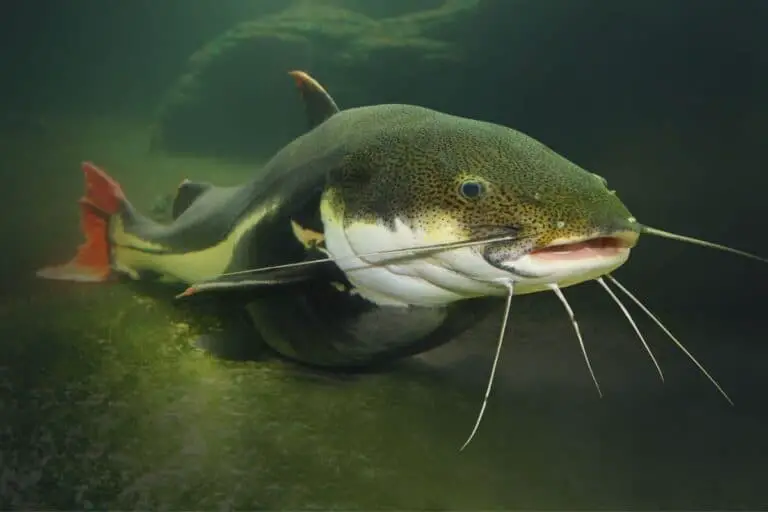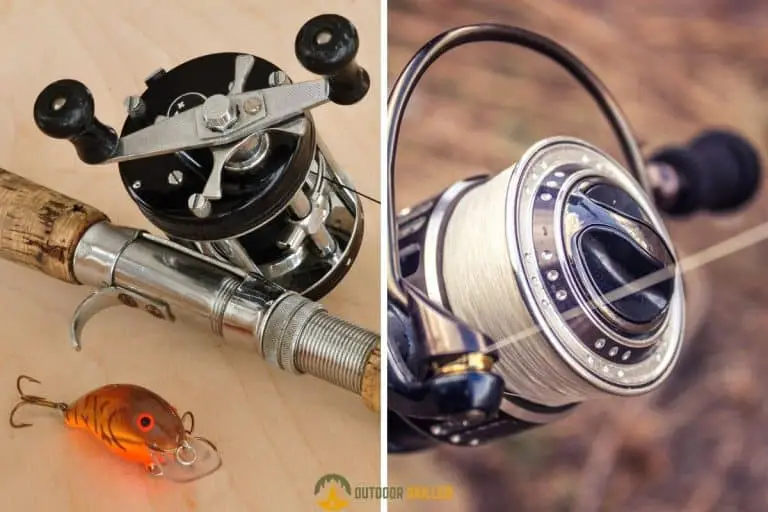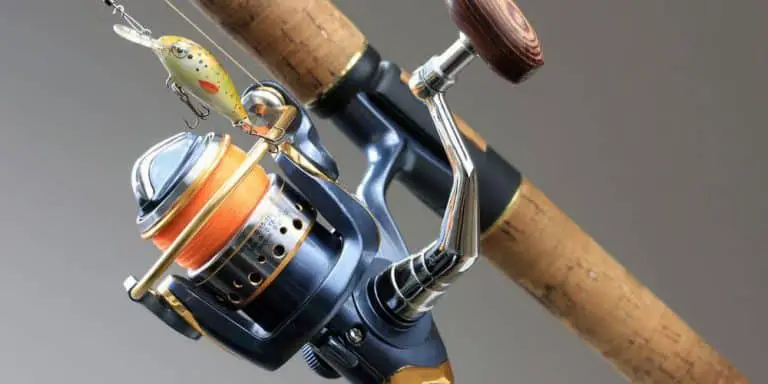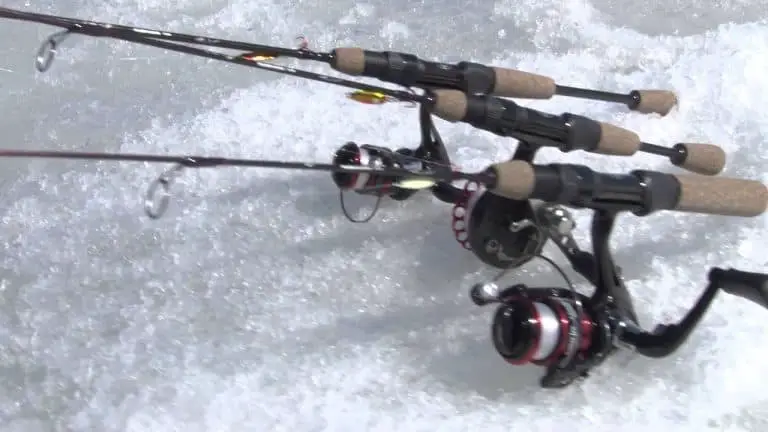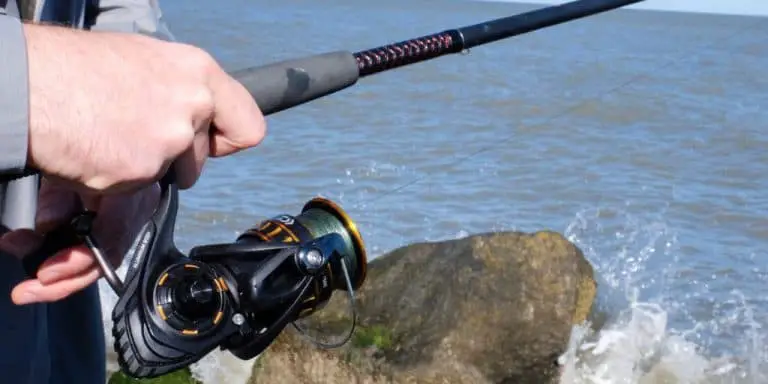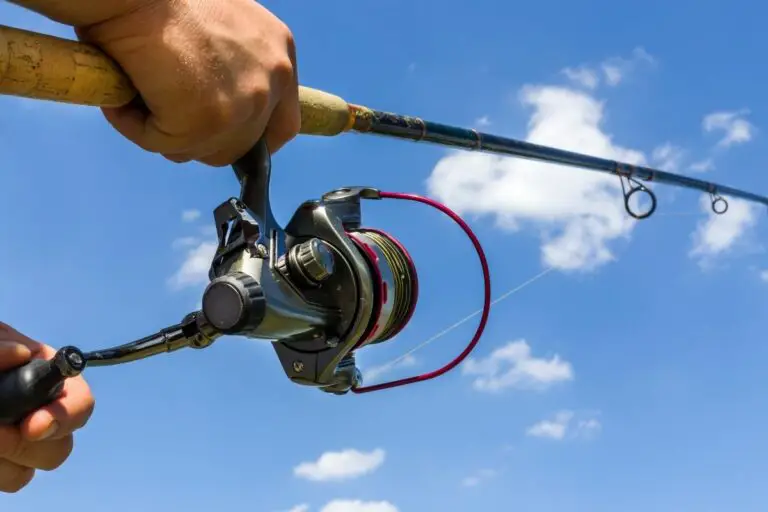Are Baitcasters Good for Beginners? A Complete Step-By-Step Guide
When you’re new to fishing, you will need to decide what kind of fishing reel you want to use. Baitcasting reels are a popular option since they are preferred by many professional anglers and they offer a lot of amazing benefits. However, they can also be really challenging to use.
So, are baitcasters good for beginners? Baitcasters are relatively difficult to use for beginners since they require a lot of practice to learn how to control spool rotation while casting. You need to learn how to adjust the brake and drag systems properly, otherwise, you would face some problems with backlashing with baitcasting reels.
Keep reading to learn more about what makes baitcasters challenging for beginners and get a step-by-step guide on how to use them properly. If you’re in a hurry, you can check the best budget-friendly baitcasting reels here and the best budget-friendly spinning reels here as well.
Table of Contents
What Makes Baitcasters Difficult for Beginners?

In order to understand what makes baitcasters difficult to use, first you need to get an idea of how baitcasting reels work.
Baitcasters consist of a rotating spool attached to the top of the fishing rod. The spool rotates at a high speed by turning the handle on the side of the reel, to release the line onto the reel. The line comes straight off the spool and enters the guides on your fishing rod.
The main issue with the rotating spool is that it can rotate faster than the speed of the lure. This leads to having an extra amount of line released from the spool, which is referred to as backlash.
For a beginner, it can take a lot of time and practice before you can effectively control the speed of spool rotation when casting. You will need to master the braking system of the reel and practice how to use your thumb to slow down the spool rotation during the casting.
It’s a steep learning curve, but the benefits of using a baitcaster will definitely be worth the effort.
What Are the Pros and Cons of Baitcasting Reels?
Baitcasting reels are also known as conventional reels. They’re usually preferred by anglers with more skill and experience because this reel can provide them with more durability, strength, and accuracy.
Baitcasters have both advantages and disadvantages, let’s take a quick look at what you can expect from this kind of reel:
| Pros | Cons |
|---|---|
| It can cast for further distances and with higher control over casting accuracy | It requires more skill and experience to use |
| It has a higher line capacity which makes it able to withstand heavy lines and lures | It’s more prone to backlashing when casting |
| It’s lighter in weight compared to other kinds of reels | It requires more maintenance |
| It’s stronger and more durable | It’s more expensive |
When Should You Use a Baitcaster?
Baitcasters can be used for many applications, such as light spin fishing, surf casting, and big game fishing.
The most popular use of bait casters is fishing for bass in North America. However, bait casters are not only used for bass. Many anglers use bait casters for other kinds of heavy fish, like different types of pike and catfish.
It is considered the best option when using heavier lures and lines. Also, it’s perfect for situations where you need high levels of control and the ability to slow down the bait.
Some anglers also choose baitcasting reels because they enjoy a little more challenge or want to improve their skill and ability to cast a line in the correct manner.
How to Use a Baitcasting Reel Correctly?

Learning how to cast a baitcaster doesn’t need to be difficult. You shouldn’t let the concern over backlashes keep you from enjoying the many benefits of a baitcaster.
Here are some tips you can follow that will help with casting a baitcaster and improve your distance:
- Make sure your reel is paired with the right rod and line. Also, match your rod action to the line and lure weight.
- Don’t completely fill your spool because having less line allows the spool to spin more freely increasing its efficiency and your distance.
- Make sure you’re holding the reel properly by having your grip on the rod behind the reel and your thumb resting at a slight angle on the spool. This will give you better control over the flow of the line.
- Make sure your casting motion is smooth by having your casting arm bent tightly at the elbow while raising your rod until its tip goes slightly past vertical. This gives you the most accurate positioning to send the line out.
- When you’re casting, swing the rod forward until it reaches eye level, which is about 30 degrees above horizontal. Then, lift your thumb off the spool enough so the weight of your bait or lure pulls line off the spool as it moves toward the target.
- To slow the bait, press down on the reel spool with your thumb. This will help you in avoiding backlashing.
For more tips on using baitcasters, check out my guide on how to bait cast further here.
What to Look for When Buying a Baitcaster?
Choosing the perfect baitcaster requires a great deal of understanding of its features.
Here are some of the key features you need to consider when buying a baitcasting reel to help you narrow down your choices and find the best choice for you:
Frame Material
- You can choose between graphite or aluminum
- Graphite frames are lighter and not very durable, but they’re good for beginners because they’re a lot cheaper.
- Aluminum is usually more expensive but it’s much higher in quality and more durable.
Round Profile Vs Low Profile
- Round profile reels can hold more line and they’re more suited for heavier lines. It’s best for targeting species like steelhead, salmon, muskie, and pike
- While low profile reels are more popular because they’re better for wrist-action and more ergonomic. It’s best for targeting species like bass and crappie.
Gear Ratio
- Gear ratio determines the speed of your lure retrieve, meaning how fast you can reel the line back in from the cast.
- Here’s how it generally works: a 4:1 ratio is considered slow, 5:1 is average, and 6:1 or higher is fast. You need to keep in mind what type of lures you will use in order to decide what ratio is best.
- Baitcasting reels ratios usually range from 5.4:1 up to 7.1:1. Most reels will have the ratio listed on the body to make the selection process easier.
Spool Size
- The larger the spool size, the better it is for targeting larger and stronger fish.
- If you’re using a heavier line that can take up more space on the spool, you will need a spool that can hold all the amount of line you need.
- Smaller spools are better for lighter lines. They can also offer a good degree of casting accuracy.
Ball Bearings
- The general rule when it comes to ball bearings is the more bearings a reel has, the more effective its performance will be.
Line Guides
- They’re made from either titanium or ceramic.
- Ceramic guides are less expensive but are more prone to damage.
- Titanium guides offer more quality but come at a much higher cost.
Drag System
- The drag system of a reel determines how much line can be spooled to a hooked fish that’s fighting hard.
- It helps in preventing the tension from getting too high to protect the line from breaking
Brake System
- Brake systems adjust and slow down the rotation of the spool when casting. There are two types when it comes to baitcasting reels: Centrifugal and Magnetic.
- Centrifugal brakes depend mainly on friction. The pins inside the side plate of the reel are used to make adjustments. You need to push the pins outward to make the breaks work.
- Magnetic brakes are more complicated. They depend on the spool and magnets to lower the spool rotation speed.
What Are the Best Baitcasting Reels for Beginners?
The top recommended baitcasting reel for beginners is KastKing Royale Legend GT.

- It comes at a good price
- It has dual magnetic and centrifugal braking systems, which offer more control and minimize backlashes.
- It has a great line capacity and the gear ratio is 7.0:1, so it’s very fast.
- It’s low profile and the spool is made of aluminum.
Another good option for beginners is PisciFun Torrent.

- It available in two options for gear ratio: 7.1:1 and 5.3:1
- It’s also low profile with an aluminum spool
- It has a magnetic braking system, so it’s more prone to backlash.
Both of these options are excellent for all baitcasting scenarios, including targeting tough big game fish like Muskies or Pike or tricky fish like tripletail fish.
Related Questions
What Kind of Reel Is Better for Beginners?
Spinning reels are generally considered a good option for beginners. They’re cheaper and easier to use. They’re also less prone to backlashing and tangling. However, they’re not the best when it comes to casting accuracy and they’re less durable.
Are Braided Lines Used as Backing for Baitcasting Reels?
Yes, braided lines are used as backing for baitcasters because they can improve the casting distance. You can wrap the line around the spool tightly to increase the diameter of the spool without adding more weight. This allows the spool to spin faster and cast further which makes it more efficient.
What Kind of Rod and Line Should Be Used with A Baitcaster?
The recommended rod length for a baitcaster is about 7-inch. It also should be a medium-heavy rod with fast action. As for the line, it’s recommended to go for braided lines or fluorocarbon lines with 10 to 20-pound tests or heavier.
If you like this article, please share it or pin it, you can find the share buttons below. We will really appreciate it ❤️

